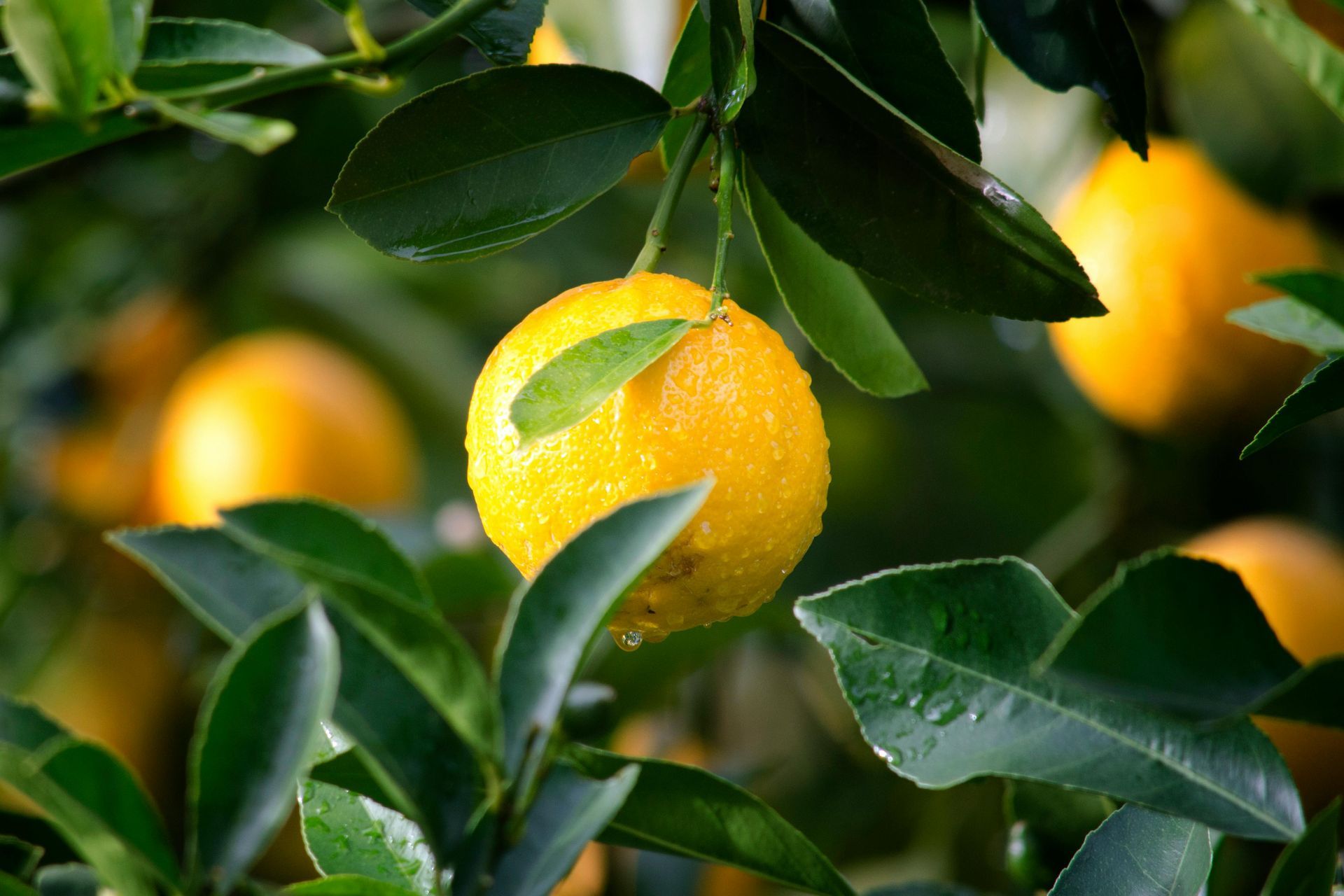The Tools That Aurora Tree Service Relies On to Care for Your Trees
Trees are a vital part of the environment, providing shade, fresh air, and aesthetic beauty. However, maintaining healthy trees—or safely removing them when necessary—requires skill, experience, and the right tools for the job. At Aurora Tree Service, we take pride in combining expertise with state-of-the-art equipment to meet your tree care needs safely, efficiently, and with precision.
Whether it’s trimming overgrown branches, grinding stumps, or assessing tree health, every tool we use plays a crucial role in ensuring we deliver first-class service. Here’s an in-depth look at the tools we rely on and how they contribute to our professional tree care services.
The Importance of Using the Right Tools for Tree Care
Tree care isn’t as simple as grabbing a saw and going to town on a branch. Each tree care service—be it removal, pruning, or health assessment—comes with its own challenges, and using the wrong equipment can lead to safety concerns, inefficiency, and even harm to the trees.
Aurora Tree Service chooses its tools with three priorities in mind:
- Safety – Tree care can be dangerous work. Proper tools help protect both our team and your property.
- Precision – The right equipment ensures we handle your trees with care and accuracy, preserving their health and appearance.
- Efficiency – Advanced, industry-grade tools enable us to complete even the most complex jobs promptly and professionally.
With these priorities guiding our process, we’re able to offer a full spectrum of high-quality tree care services.
Tools We Use for Tree Trimming and Pruning
Tree trimming and pruning are essential for keeping trees healthy, shaping their growth, and preventing branches from interfering with structures or utilities. The following tools are indispensable for this meticulous service.
1. Pruning Shears
Pruning shears are ideal for smaller branches and twigs. These hand-held tools are perfect for precision work, allowing us to make clean cuts that heal quickly and reduce the risk of disease.
Why It Matters:
A jagged or improper cut can open the door for pests or infections that could harm the tree. Pruning shears help ensure the tree’s longevity by allowing for careful, accurate cuts.
2. Loppers
Loppers are essentially heavy-duty pruning shears with extended handles. They’re used for thicker branches that are too tough for handheld shears. The extra leverage makes cutting easier and reduces strain on our arborists.
Why It Matters:
Loppers allow us to cleanly trim larger branches without damaging the tree or risking accidents from an unstable climb.
3. Pole Pruners
For those hard-to-reach branches, we turn to pole pruners. These extendable tools allow us to reach high branches without needing a ladder in most cases—improving both safety and efficiency.
Why It Matters:
Trimming high branches can be time-consuming and risky, but pole pruners allow us to work quickly and safely without compromising on precision.
Tools for Tree Removal
Sometimes a tree has to be removed, whether for safety reasons, to clear space, or because it’s in decline. Removing a tree is a complex operation requiring specialized tools to ensure minimal risk and maximum efficiency.
1. Chainsaws
Chainsaws are our workhorses for tree removal. From cutting down large trees to sectioning trunks into manageable pieces, chainsaws are powerful, reliable, and versatile.
Why It Matters:
A high-quality chainsaw allows us to remove trees quickly while maintaining precision. Additionally, regular maintenance ensures they run smoothly and safely.
2. Aerial Lifts
Also called cherry pickers or bucket trucks, aerial lifts are used to reach tall trees safely and effectively. These machines allow our arborists to work at height without the risks associated with climbing.
Why It Matters:
Tree removal often involves working at significant heights. Aerial lifts provide a stable, secure platform, ensuring the safety of our team and reducing the risk of falling debris damaging your property.
3. Wood Chippers
Once a tree is cut down, the leftover wood and branches are processed using a wood chipper. This tool converts bulky tree debris into mulch, which can be reused for landscaping.
Why It Matters:
Wood chippers streamline cleanup, leaving your property neat and tidy while providing an eco-friendly option for recycling tree debris.
Tools for Stump Grinding
After a tree is removed, the stump that remains can be an eyesore or even a hazard, depending on its location. Aurora Tree Service uses specialized stump grinders to handle this final stage of tree removal.
Stump Grinders
A stump grinder is a power tool with a rotating cutting wheel that systematically shaves the stump down to the ground level—or even below the surface.
Why It Matters:
Leaving stumps untreated can lead to regrowth, pest infestations, or tripping hazards. Stump grinders allow us to fully eliminate the stump, restoring the area for landscaping or new planting.
Tools for Tree Health Assessment
Maintaining tree health isn’t just about trimming and removing branches. Aurora Tree Service also offers preventative care and health assessments to keep your trees thriving.
1. Tree Augers
A tree auger is a specialized drill designed to test a tree’s core for signs of decay, rot, or disease.
Why It Matters:
By identifying internal damage that might not be visible from the outside, we can determine whether a tree can be saved or needs removal.
2. Moisture Meters
Moisture meters measure the water content within the tree or soil. This tool helps us identify issues with insufficient watering or poor drainage, two common factors that impact tree health.
Why It Matters:
Healthy trees need an ideal balance of hydration. Moisture meters ensure we address any watering-related concerns this balance might disrupt.
3. Arborist Diagnostic Tools
From leaf sampling to root inspections, our arborists use a variety of diagnostic tools to evaluate tree health thoroughly.
Why It Matters:
Regular health assessments catch small issues before they turn into major problems, ensuring your trees stand strong for years to come.
Safety Equipment for Our Team
Safety is non-negotiable when it comes to tree care. Aurora Tree Service invests in top-tier personal protective equipment (PPE) to keep our team safe while working in potentially hazardous conditions.
- Hard Hats – Protect our workers from falling branches or accidental bumps.
- Safety Harnesses – Crucial when working at height, these harnesses anchor arborists securely.
- Protective Eyewear and Gloves – Shield eyes and hands from wood chips, dirt, and sharp branches.
- Kevlar Chaps – Offer protection against chainsaw-related cuts.
Why the Right Tools Make All the Difference
The tools a tree service company uses are a reflection of its professionalism, expertise, and commitment to safety. With the industry-grade equipment Aurora Tree Service employs, we can approach every job—whether it’s pruning a delicate sapling or removing a towering oak—with confidence and care.
By combining advanced tools with the experience of our dedicated arborists, we ensure every tree care service is completed to the highest standards. From safety and efficiency to precision and cleanup, you can trust Aurora Tree Service to get the job done right.



